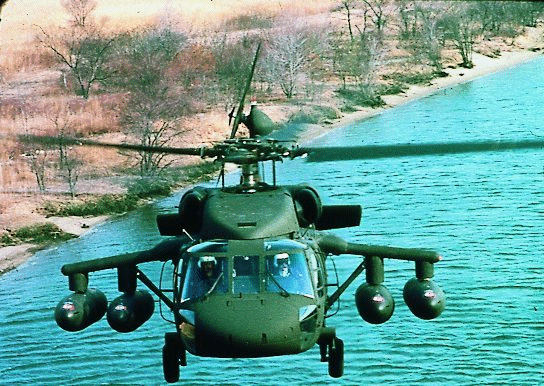PAUL LEWIS / WASHINGTON DC
Efforts being made to reinstate seed money for the Common Engine Programme following approval problems
Uncertainties about future funding and rotorcraft performance requirements have left the US Army's planned Common Engine Programme (CEP) in a state of flux.
While the US Department of Defense tries to resolve these issues, Rolls-Royce is pushing its proposal for an RTM322-powered Sikorsky UH-60 Black Hawk, as the army considers nearer-term solutions for additional hot-and-high power.
The US Army and its Aviation Applied Technology Directorate (AATD) are working to reinstate seed money for CEP in the final 2003 defence bill after the programme failed to impress the US Congressional appropriations committees. AATD was seeking funding to kick-start CEP as part of a $40 million venture with industry over the next four years.
"It looks like it will slip until 2004," says Sandy Hoff, AATD power systems chief, who was unsurprised by the decision. The army is re-evaluating its criteria for the Future Utility Rotorcraft (FUR) as it considers the size and weight of equipment making up the future objective force, which will include the new Future Combat System.
CEP is earmarked for what was referred to as the UH-60X improved Black Hawk - but the army has said it might look at larger aircraft such as the Sikorsky S-92 or EH Industries US101. The 2,235kW (3,000shp) CEP would enable a future Black Hawk to lift a 4,300kg (9,470lb) load over 135km (75nm) at 4,000ft (1,220m) on a 35¡C (95¡F) day - twice the payload/range capability of the current UH-60L.
An army official says its external lift requirements could rise to 6,800kg, which would boost the power requirement to 2,980kW. While the FUR is not due to be fielded until 2013, "there is an immediate need for hot-and-high performance," says Stuart Mullan, R-R North America president helicopters. R-R says the RTM322, uprated to 2,235kW, would meet the 4,300kg lift requirement, but admits it would fall short of specific fuel consumption target and the FUR's payload range goal.

Source: Flight International










































